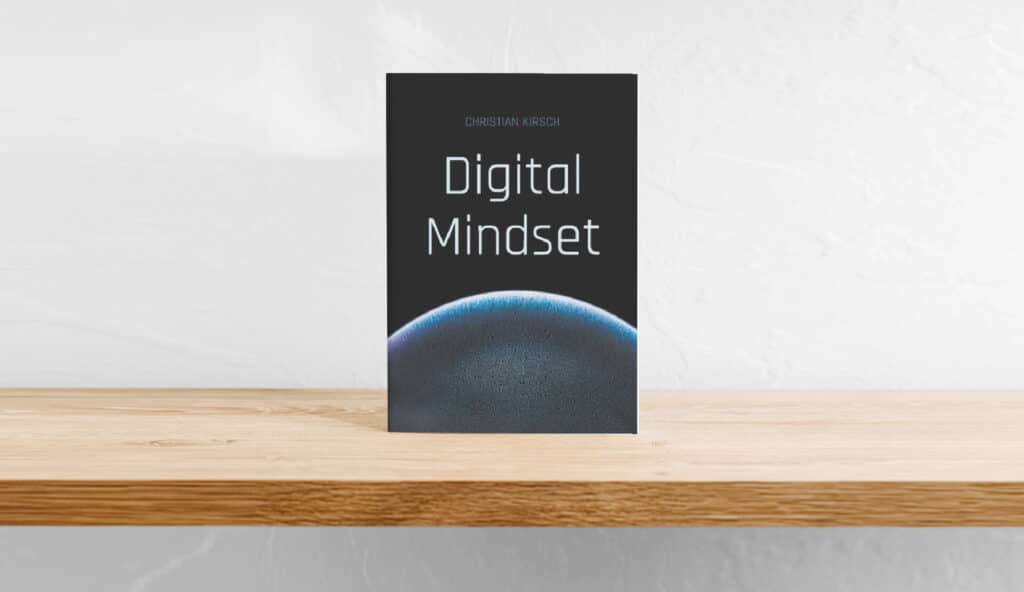The modern world of work is facing a skills shortage that is becoming increasingly difficult to manage. As the world of work evolves and technologies advance, companies are struggling to find employees with the skills and knowledge necessary to deal with these changes and effectively capitalize on the resulting opportunities. To combat this shortage, companies must not only become more attractive to new applicants, but also make their existing employees fit for the future and develop a digital mindset.
Tailor-made development of the digital mindset and future skills of existing employees therefore has three decisive advantages:
Building up the necessary and relevant future and digital skills in-house, so that less know-how needs to be recruited externally.
Increasing the loyalty of existing employees through individualized and tailor-made learning opportunities. According to a study by EY, 70% of employees in medium-sized companies are willing to change jobs for a better offer of further training. At the same time, only 12% are satisfied with the current offerings.
Increasing employer attractiveness: A tailor-made further training program that increases the employability of employees is incredibly effective in the battle for talent on the job market.
But how can tailored further development with a focus on the digital mindset succeed? The following four points serve as a framework for this:
- 1 Location analysis
- 2 Target image
- 3 Development of learning paths
- 4 Continuity
What is behind the four relevant points for the individual and successful development of a digital mindset and future skills?
1 Location analysis
The first step is a location analysis of the employees' digital mindset. This is similar to a navigation device: when I head for a destination, the location must be localized in order to calculate a route. This location localization is the only way to accurately select content for development.
2 Target image
The second step is to define a target image or vision of where the development of employees should go. It is very important here that there can be different target characteristics within an organization with regard to the mindset. This means that different roles, functions and specialist areas can also have different mindset objectives. Because not everyone can, should and wants to pursue the same target image. The difference becomes easily tangible if, for example, you look at the mindset dimension of dealing openly with failure with regard to the different role models of controllers and innovation managers.
3 Development of learning paths
The next step is then to develop learning paths that contain tailored learning content for the respective locations and target images for the employees. It must be possible to integrate this learning content into the everyday lives of learners, particularly with regard to learning that is independent of time and place. This can only be achieved sustainably using a so-called micro-learning approach. This involves combining lots of short learning content (with different media content) and giving users the opportunity to complete units depending on their time budget. This allows travel time, for example, to be used in a completely different and more effective way.
4 Continuity
For the development of a digital mindset to be sustainable, it is important to keep at it. This means that the learning paths designed should not just last for two weeks, but for several months. At least 9 months of continuous learning are required to develop a measurable mindset.
It is more important than ever to focus on the development of employees and thus combat the skills gap.
The Mindset Navigator platform can provide the right basis for a sustainable and successful learning program with individualized learning paths for digital mindset and future skills.
Further information and the possibility of a free trial at www.onestoptransformation.com




